
Click Here for Full Screen Image - Click Here to Download Image
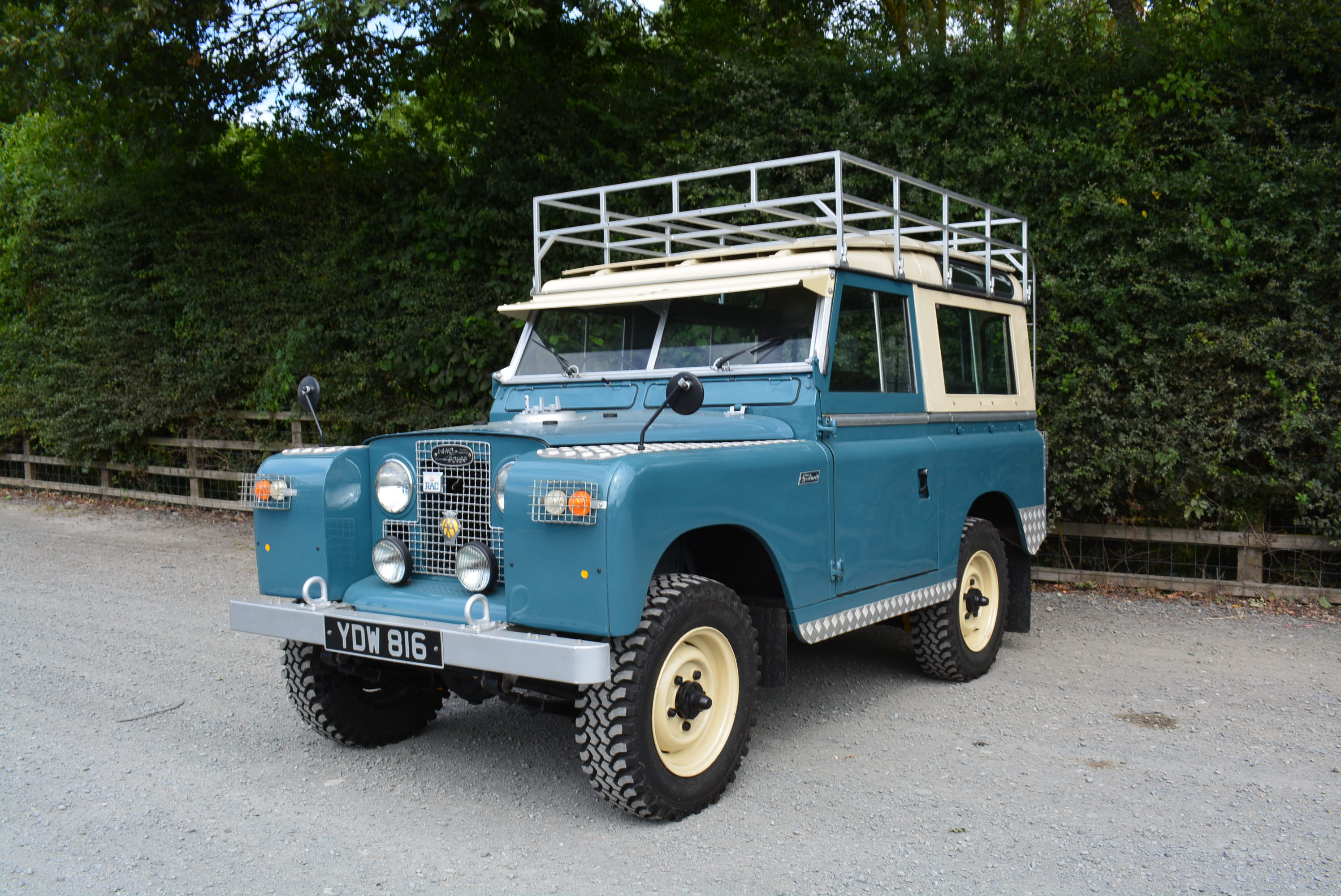 | 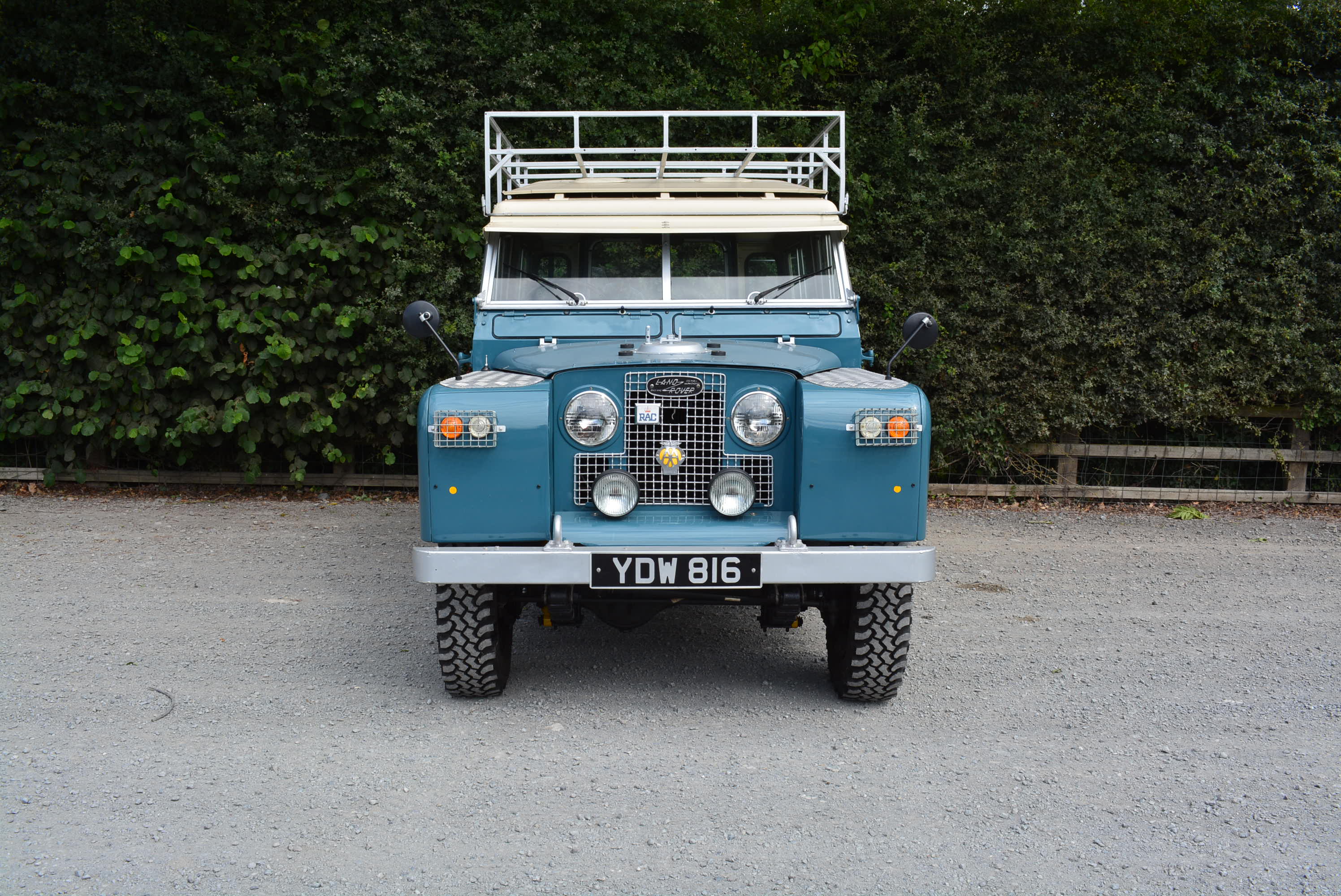 | 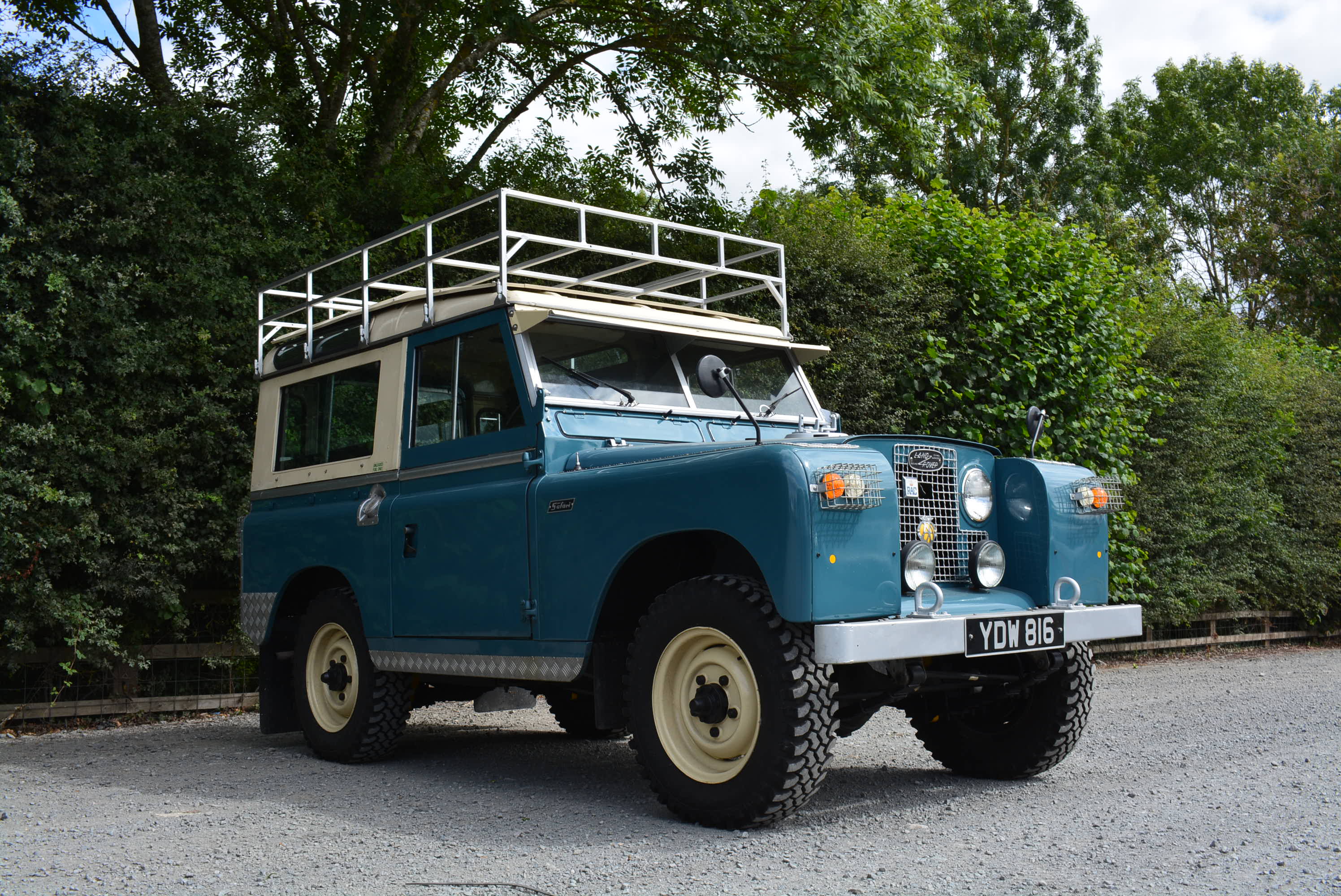 | 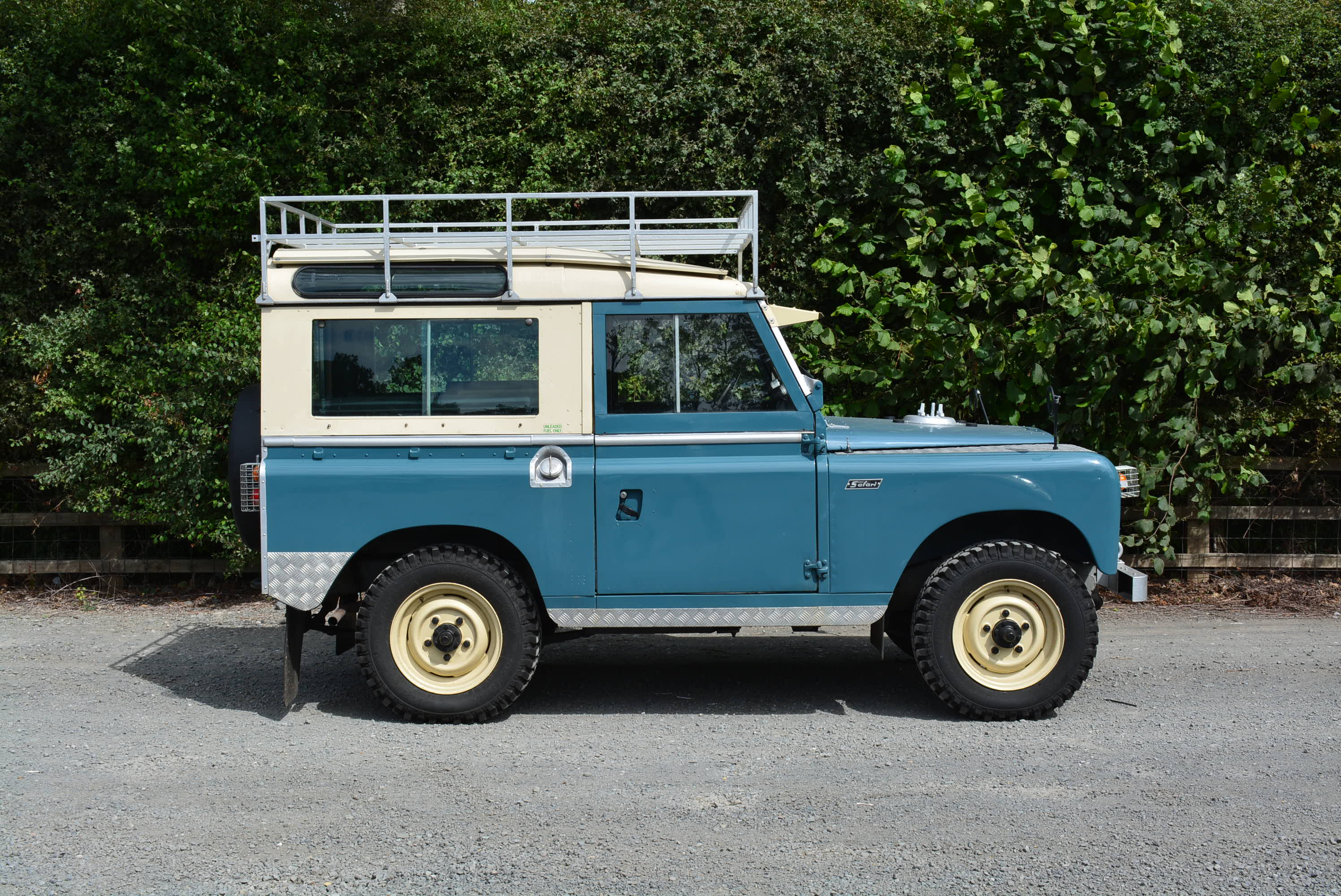 | 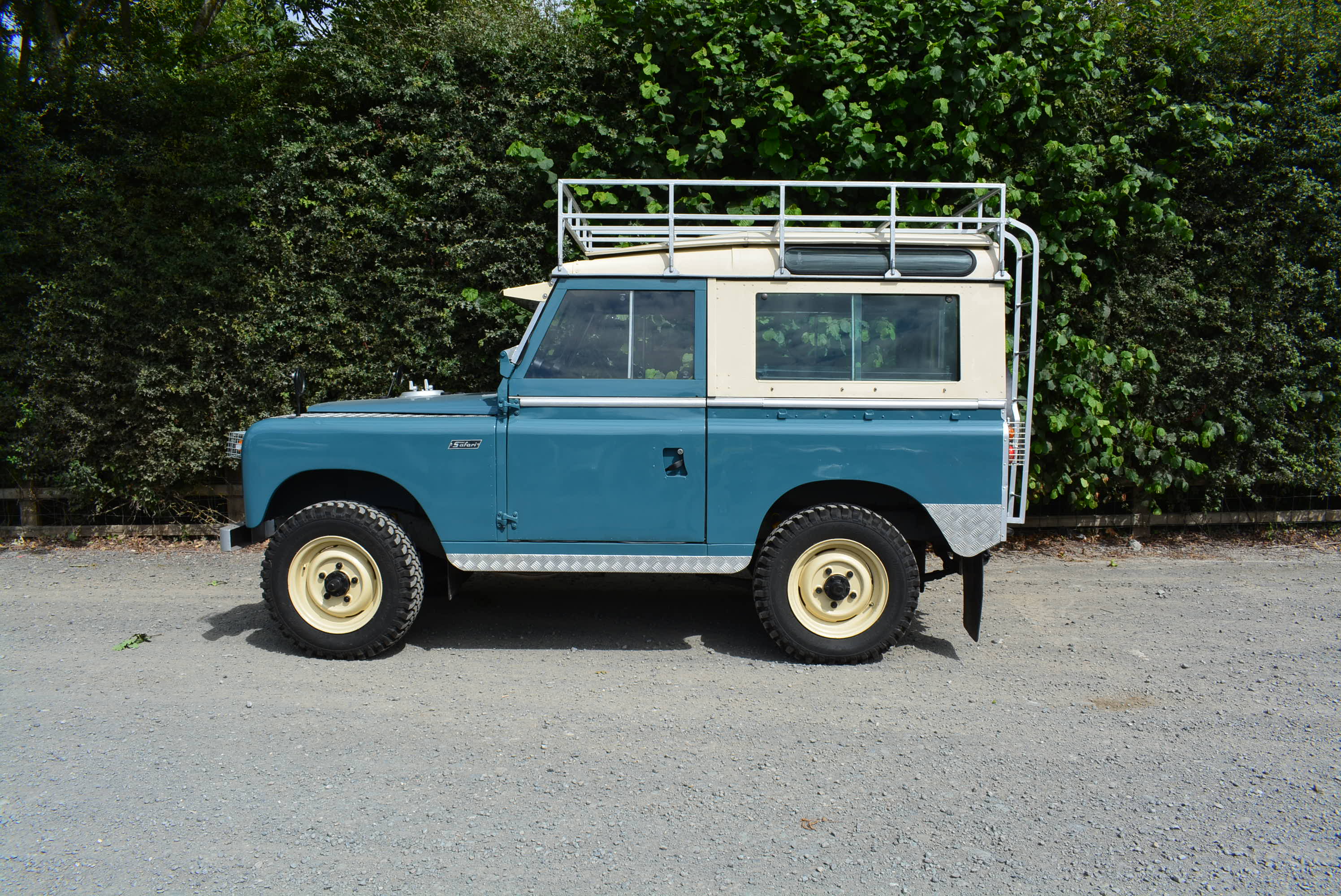 | |||||
 | 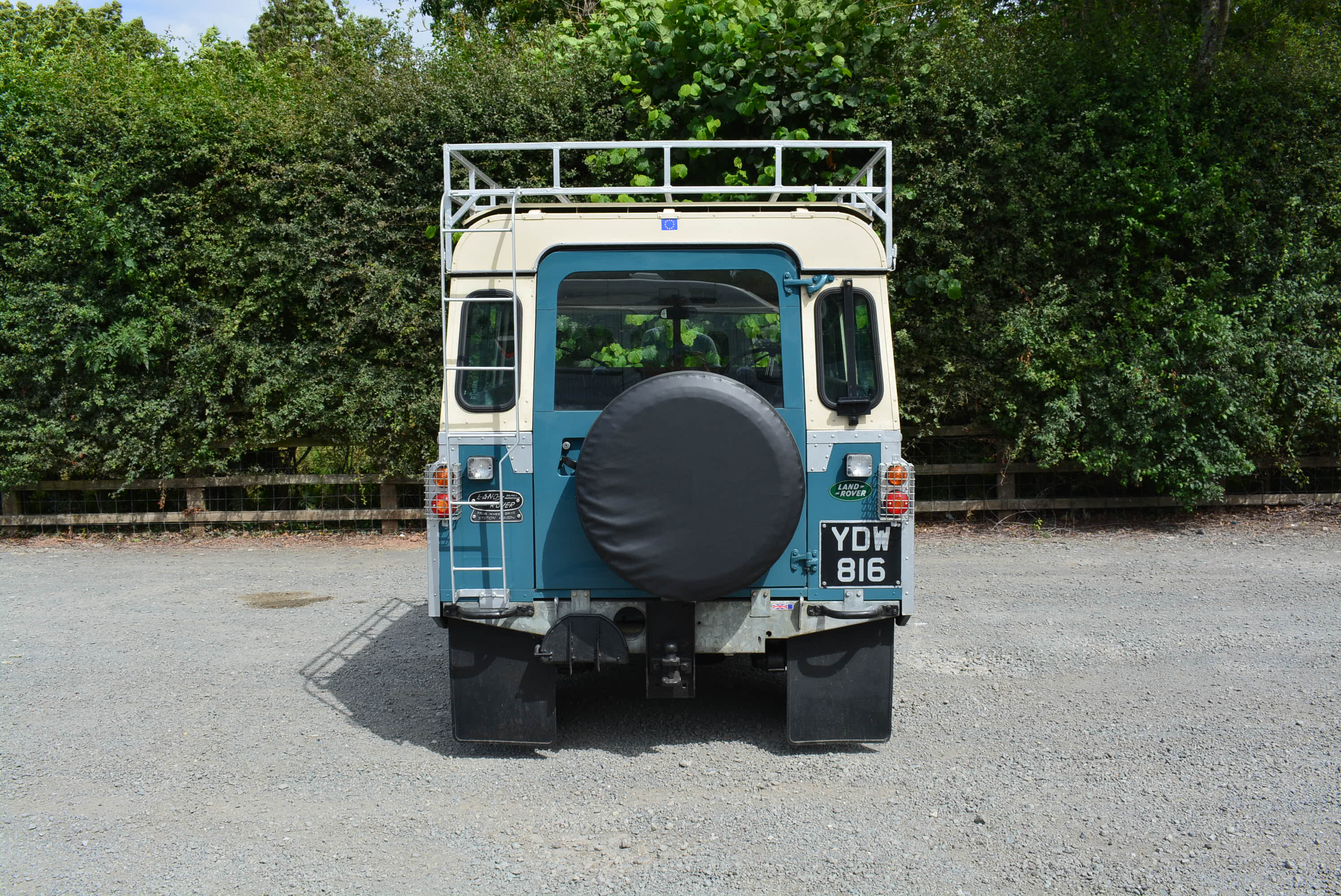 | 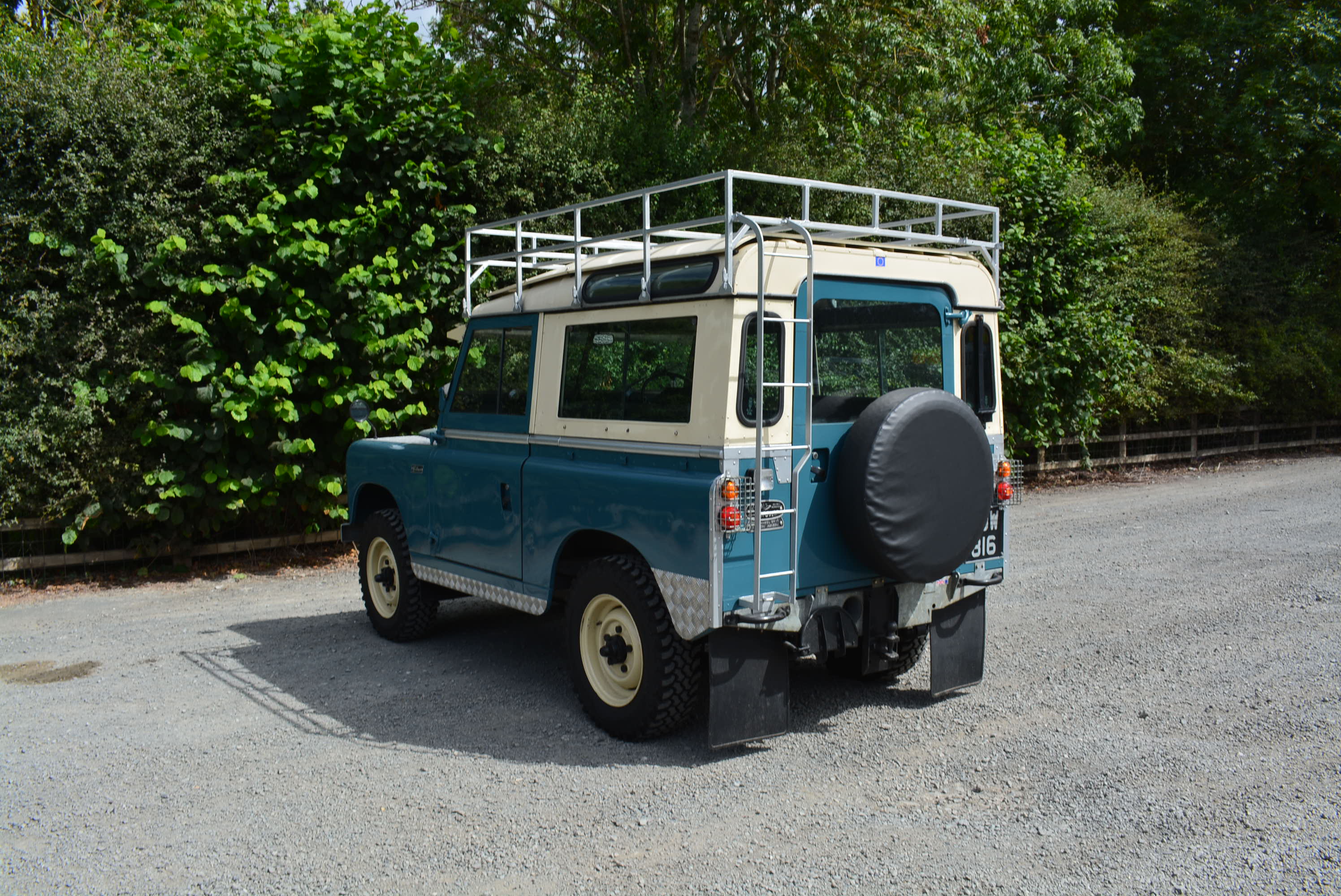 | 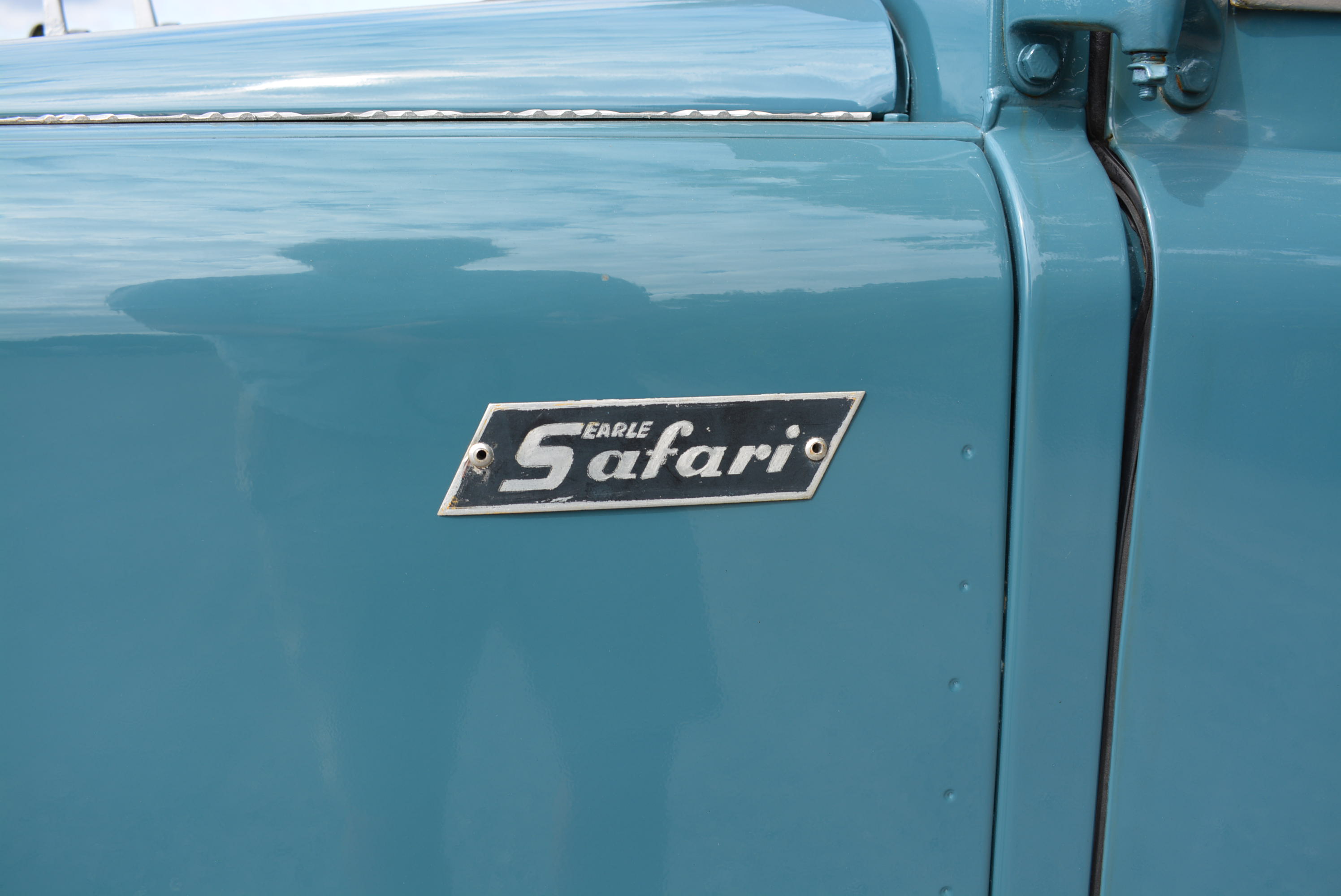 | 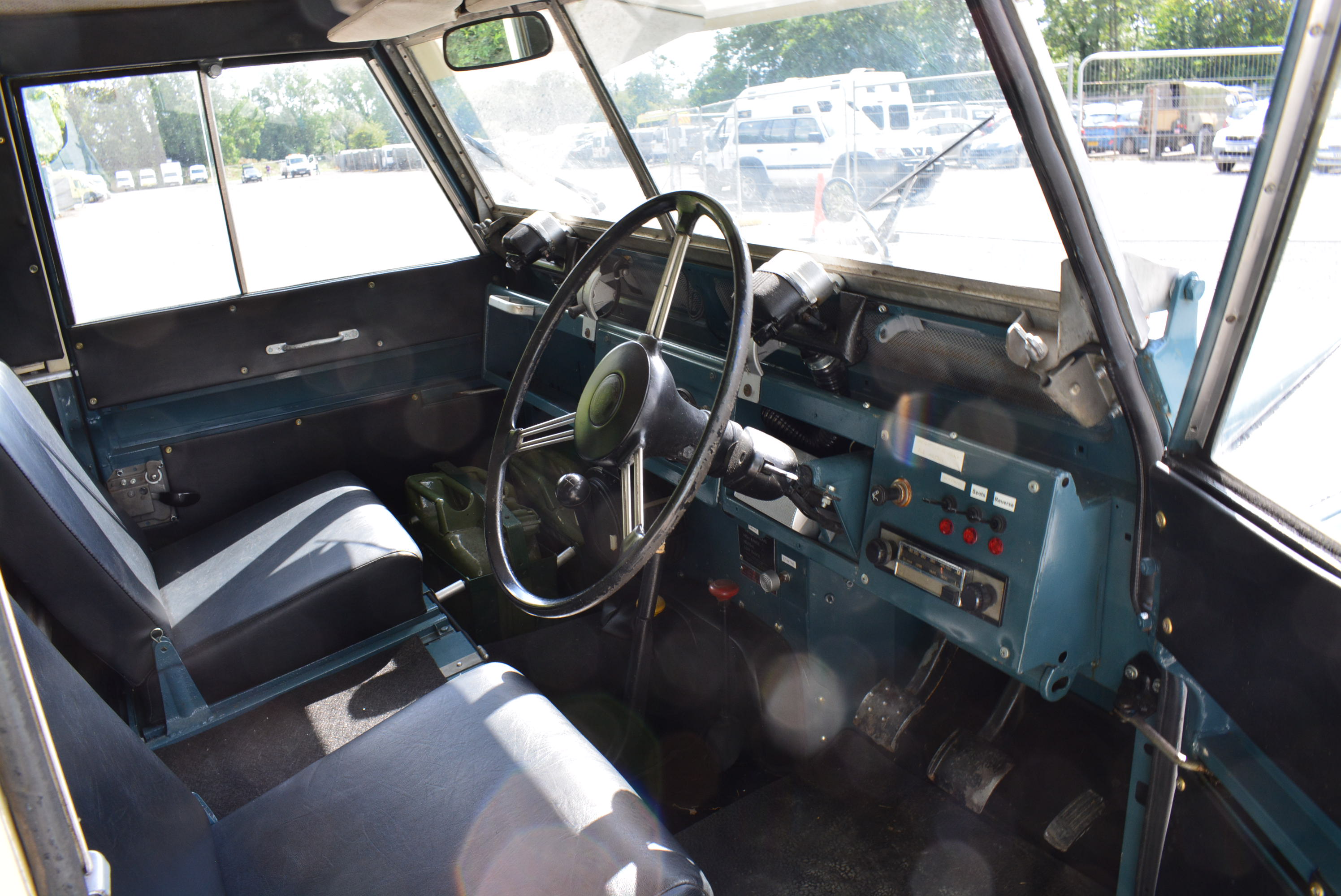 | |||||
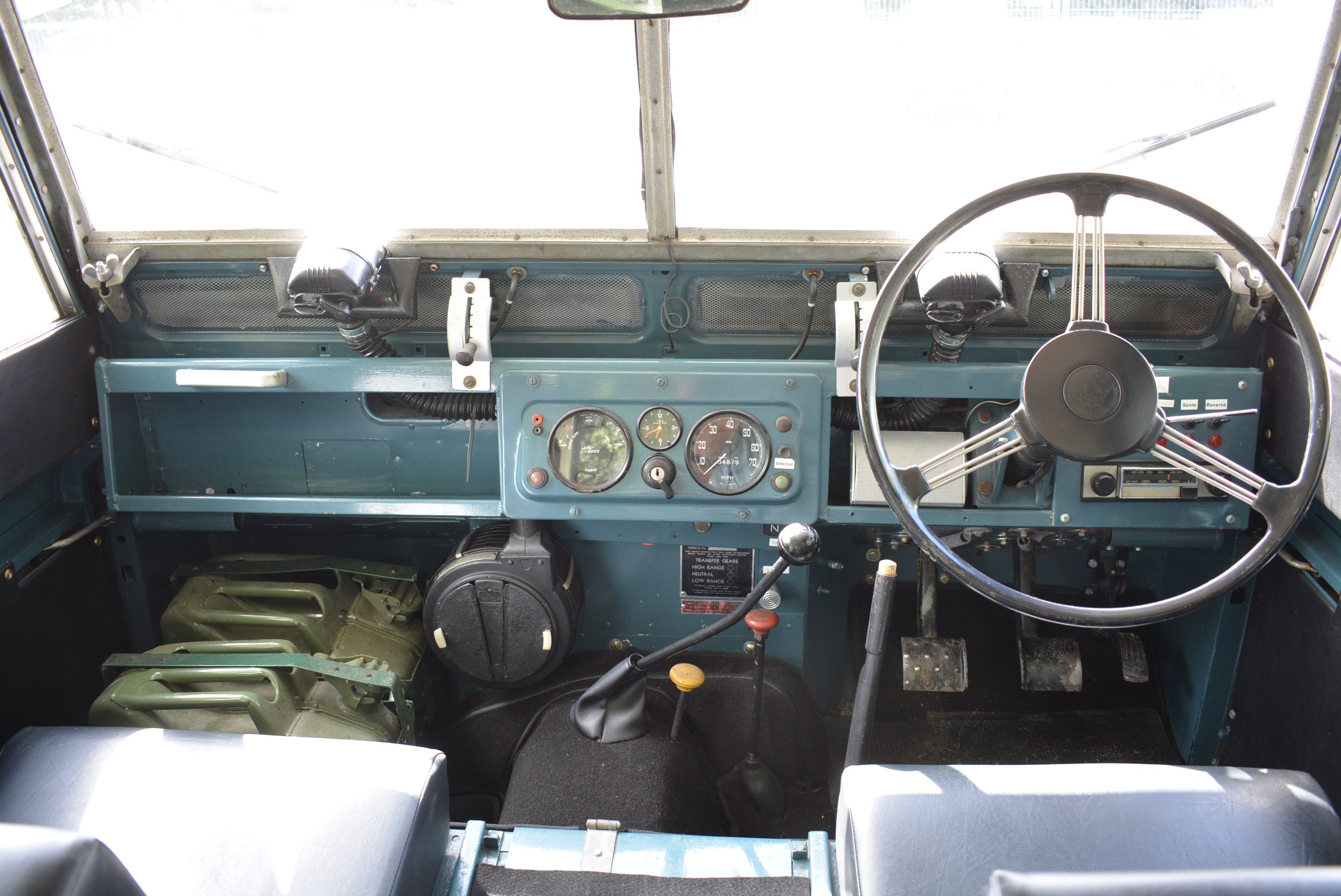 |  | 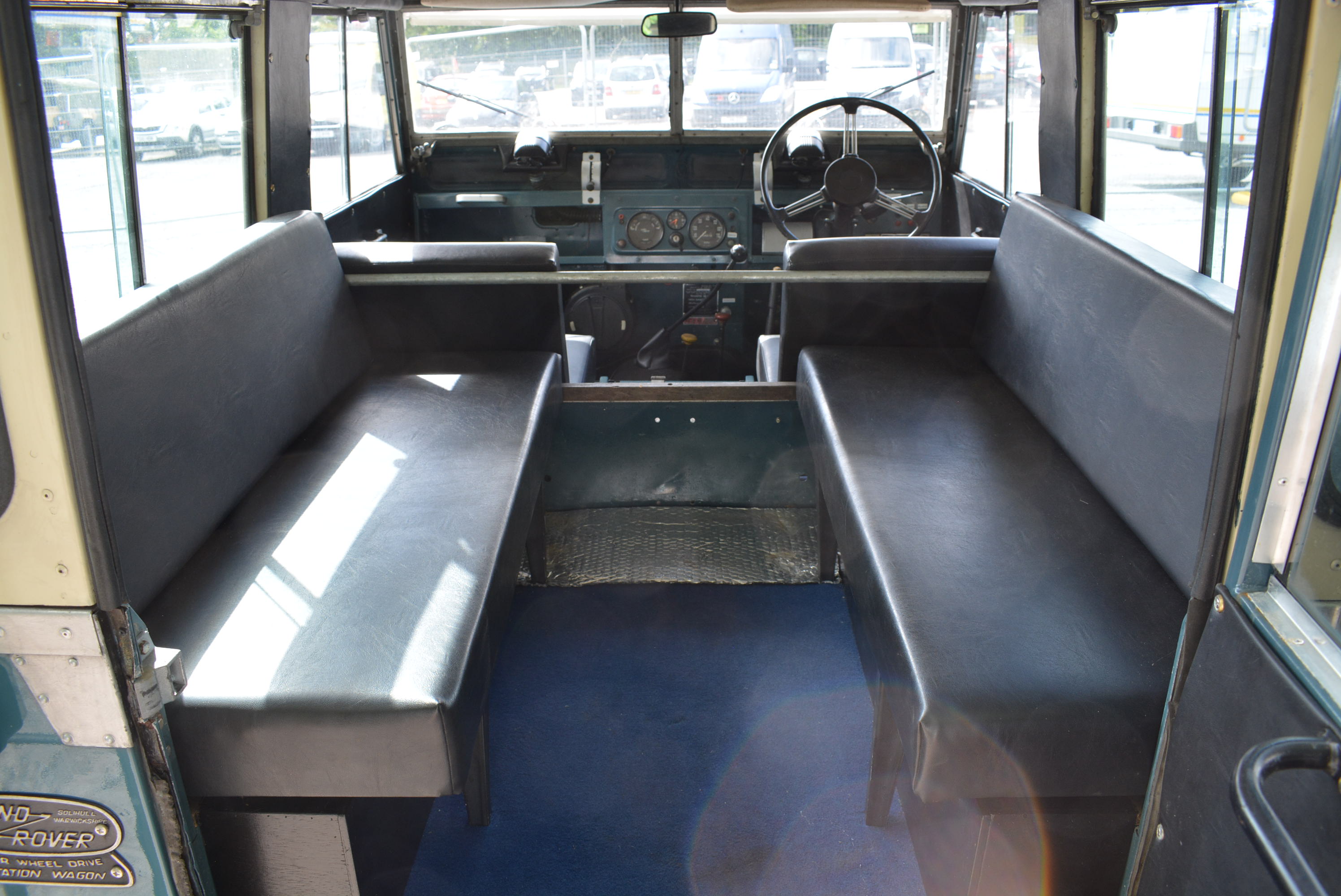 | 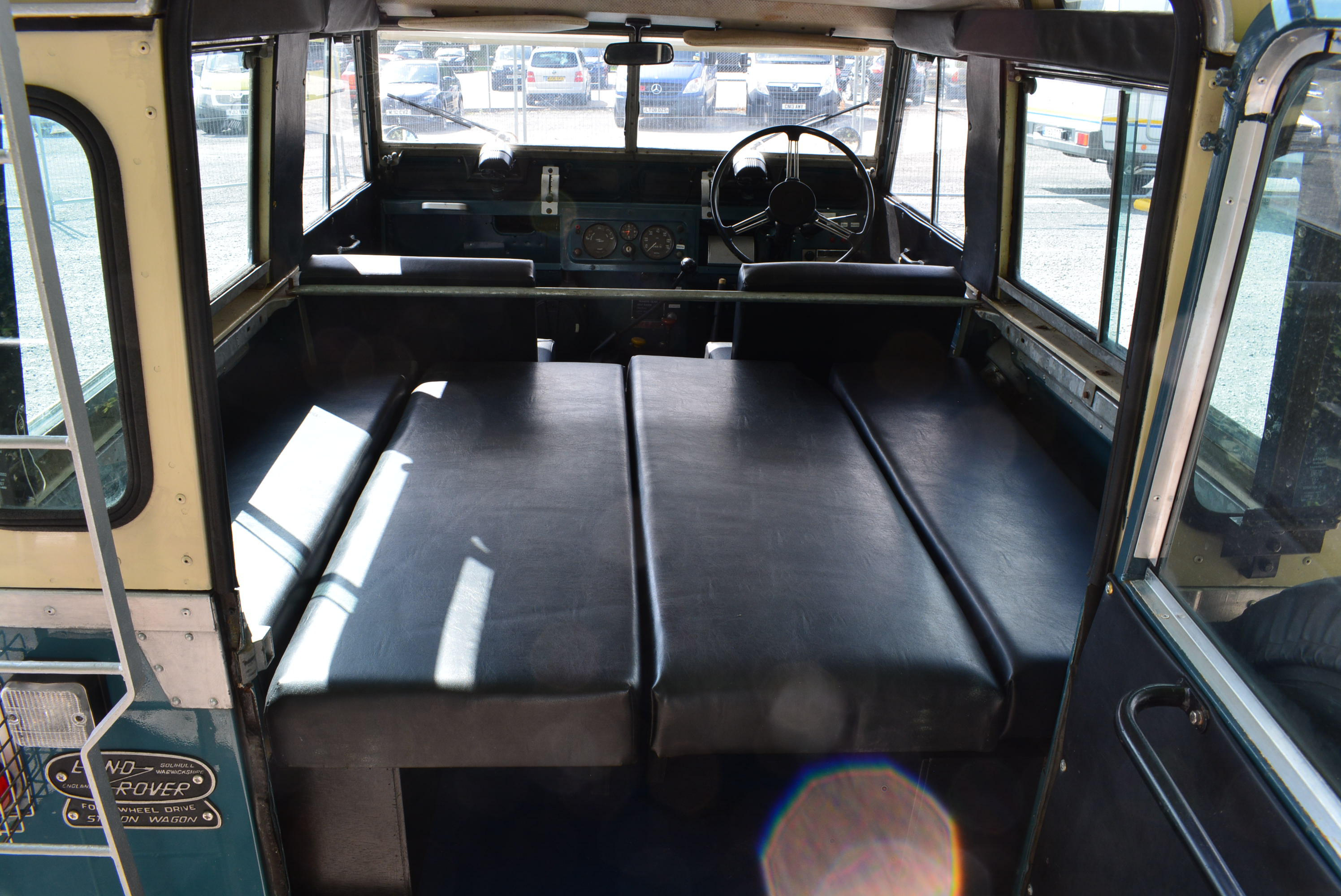 | 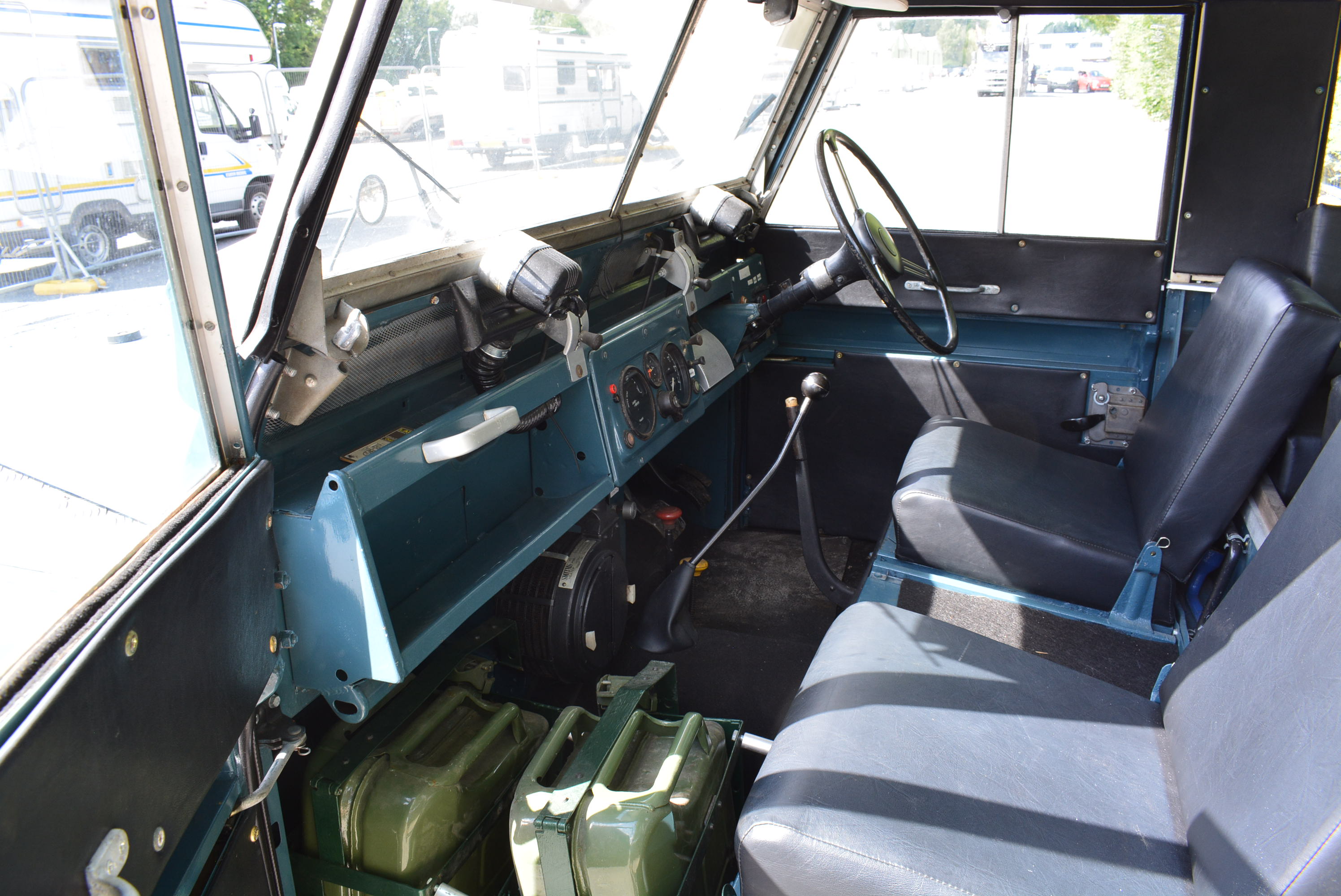 | |||||
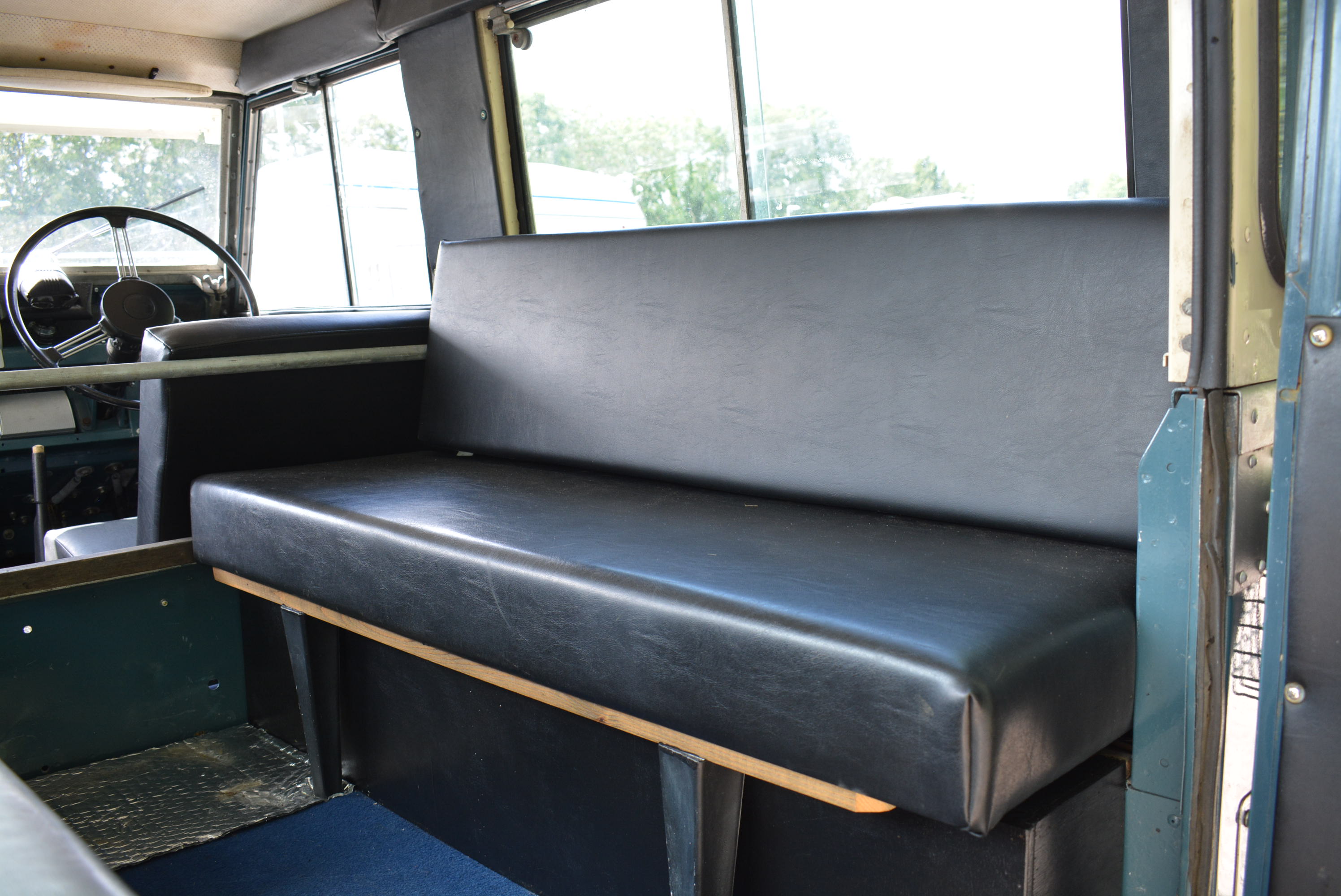 |  | 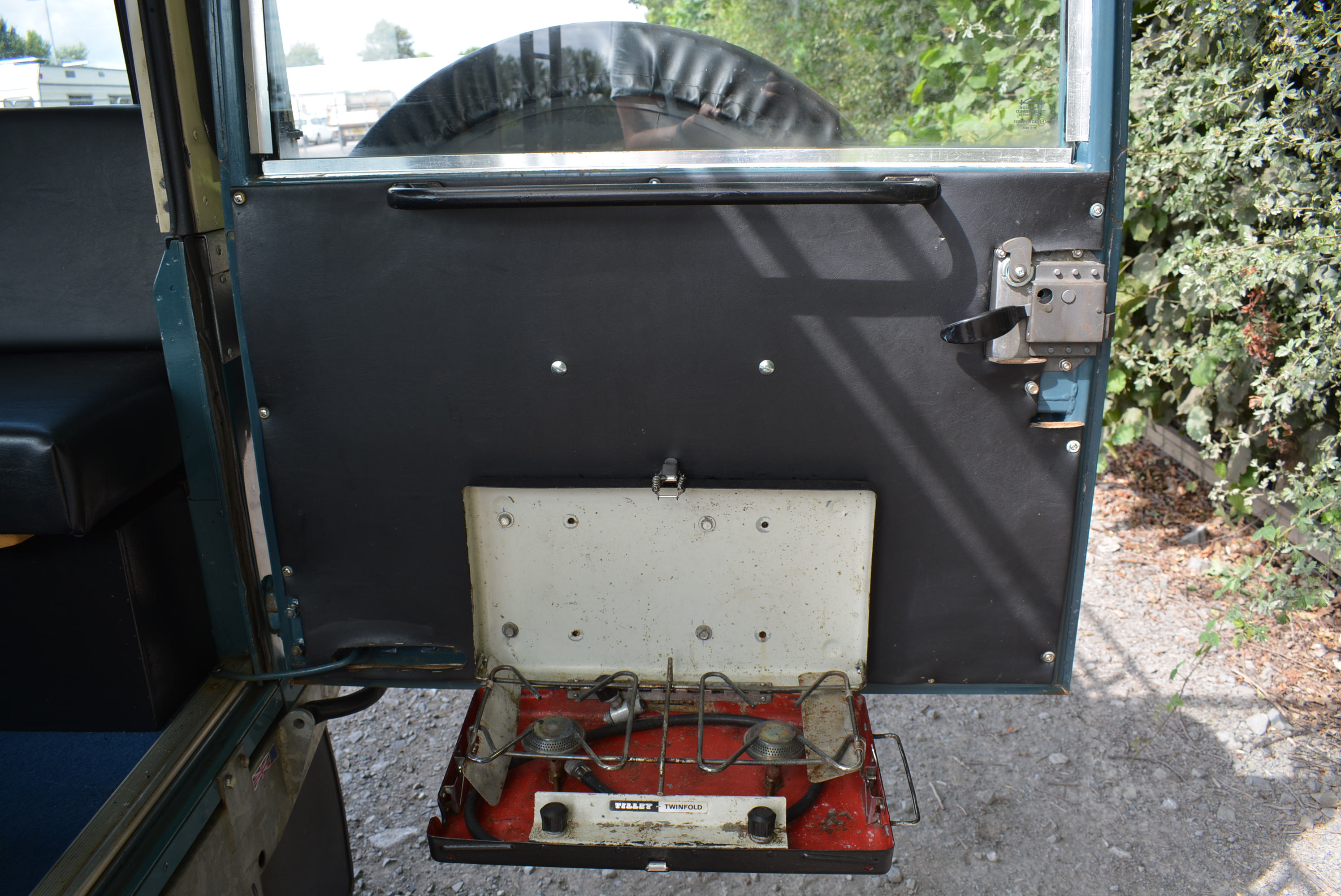 | 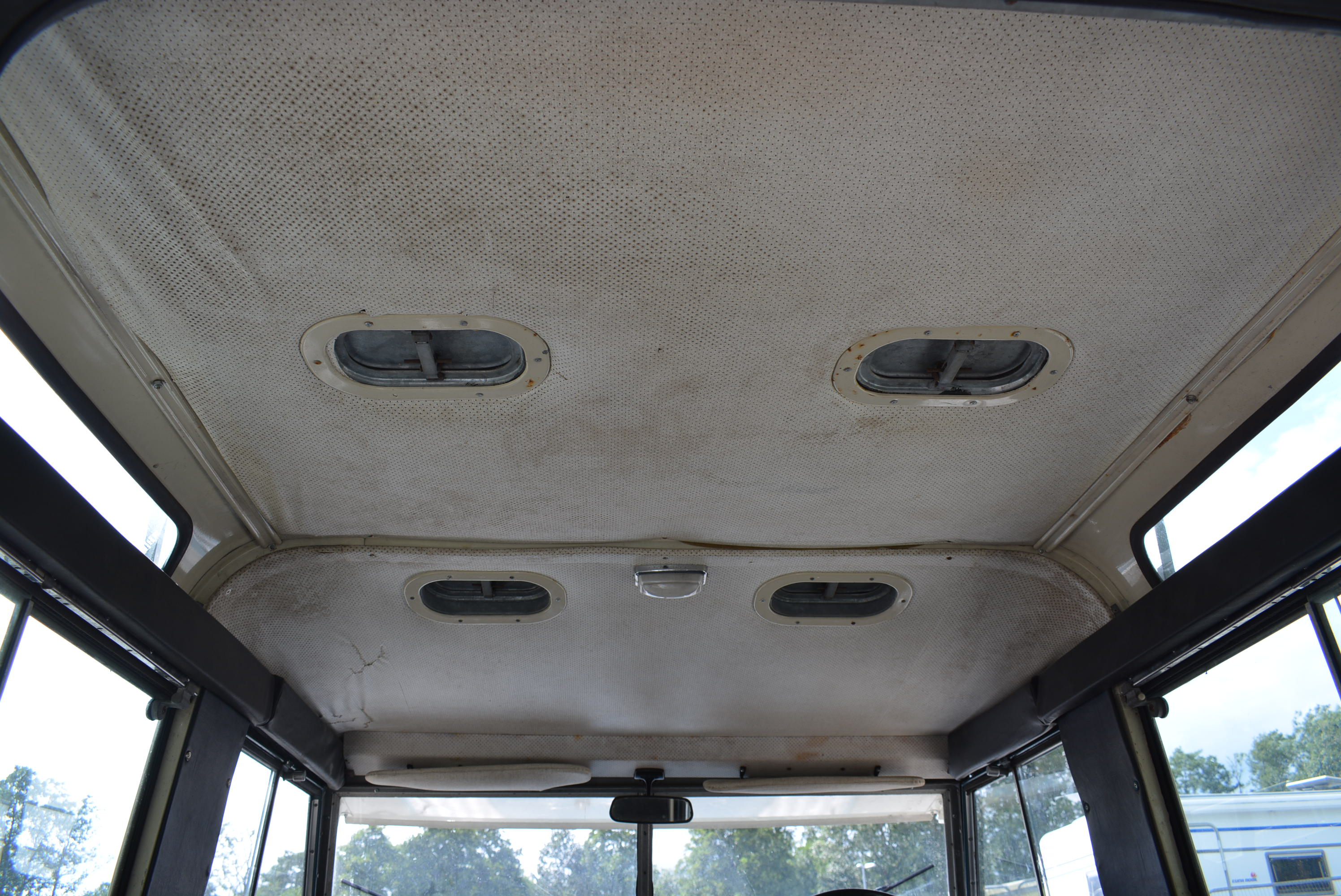 |  | |||||
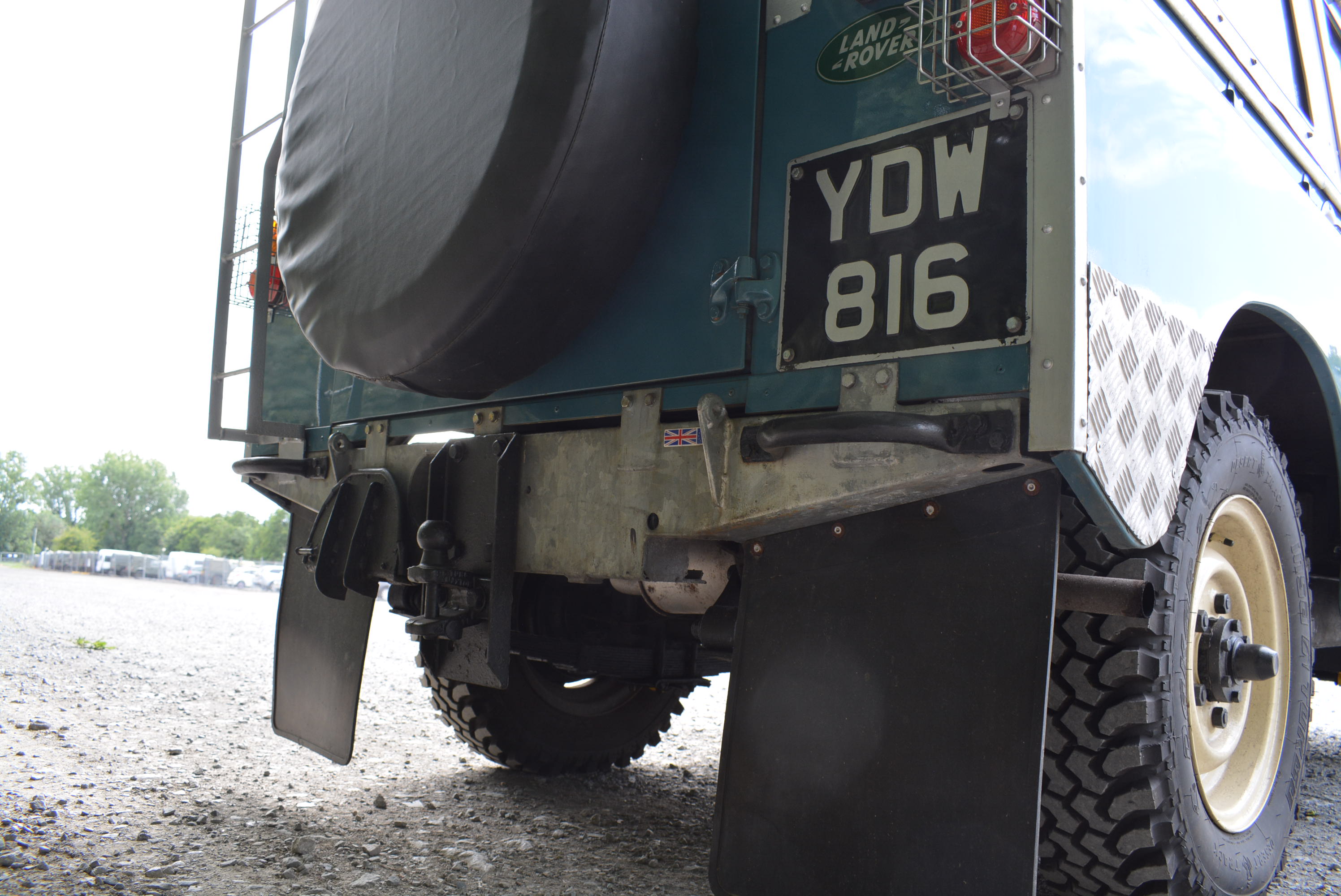 | 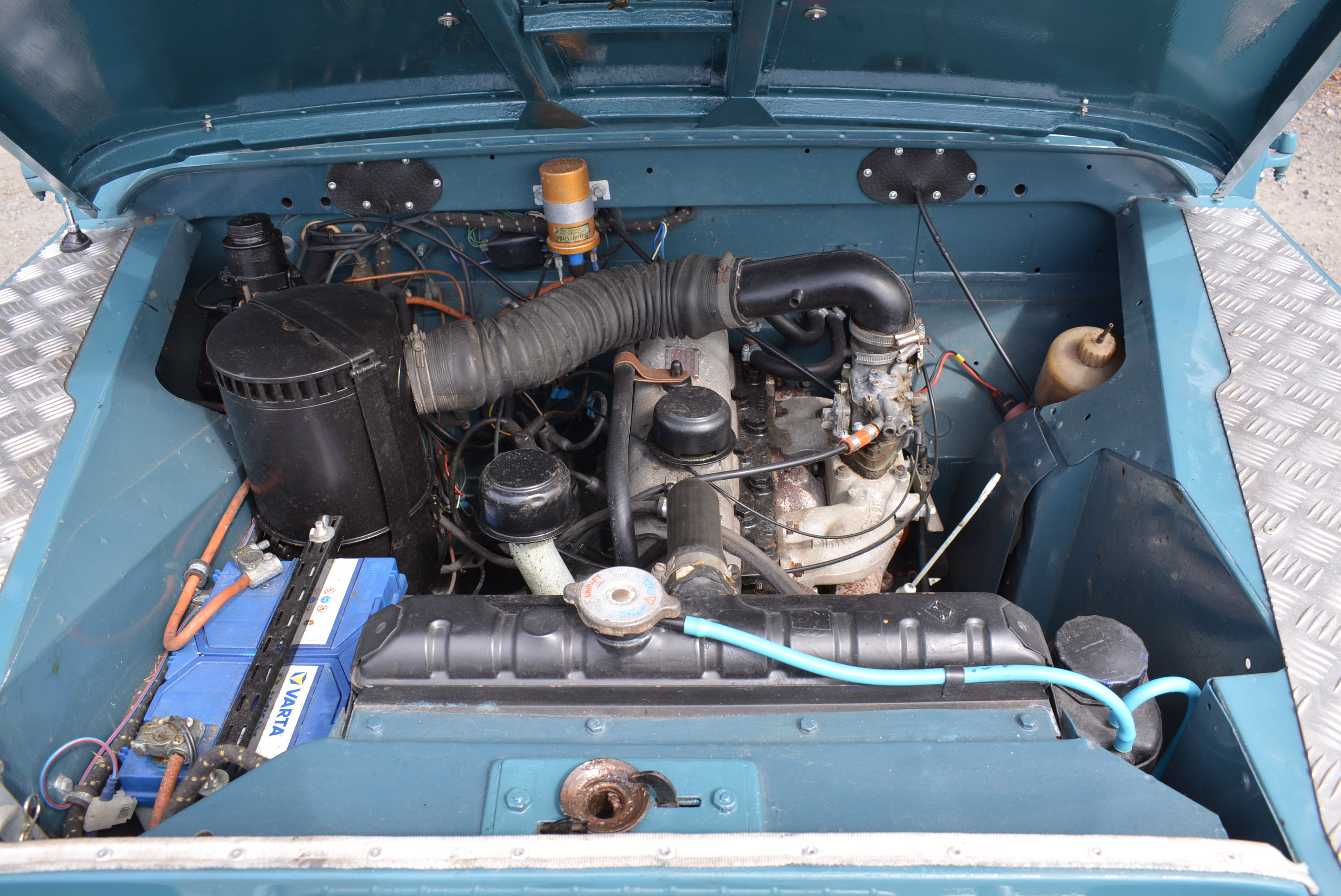 | 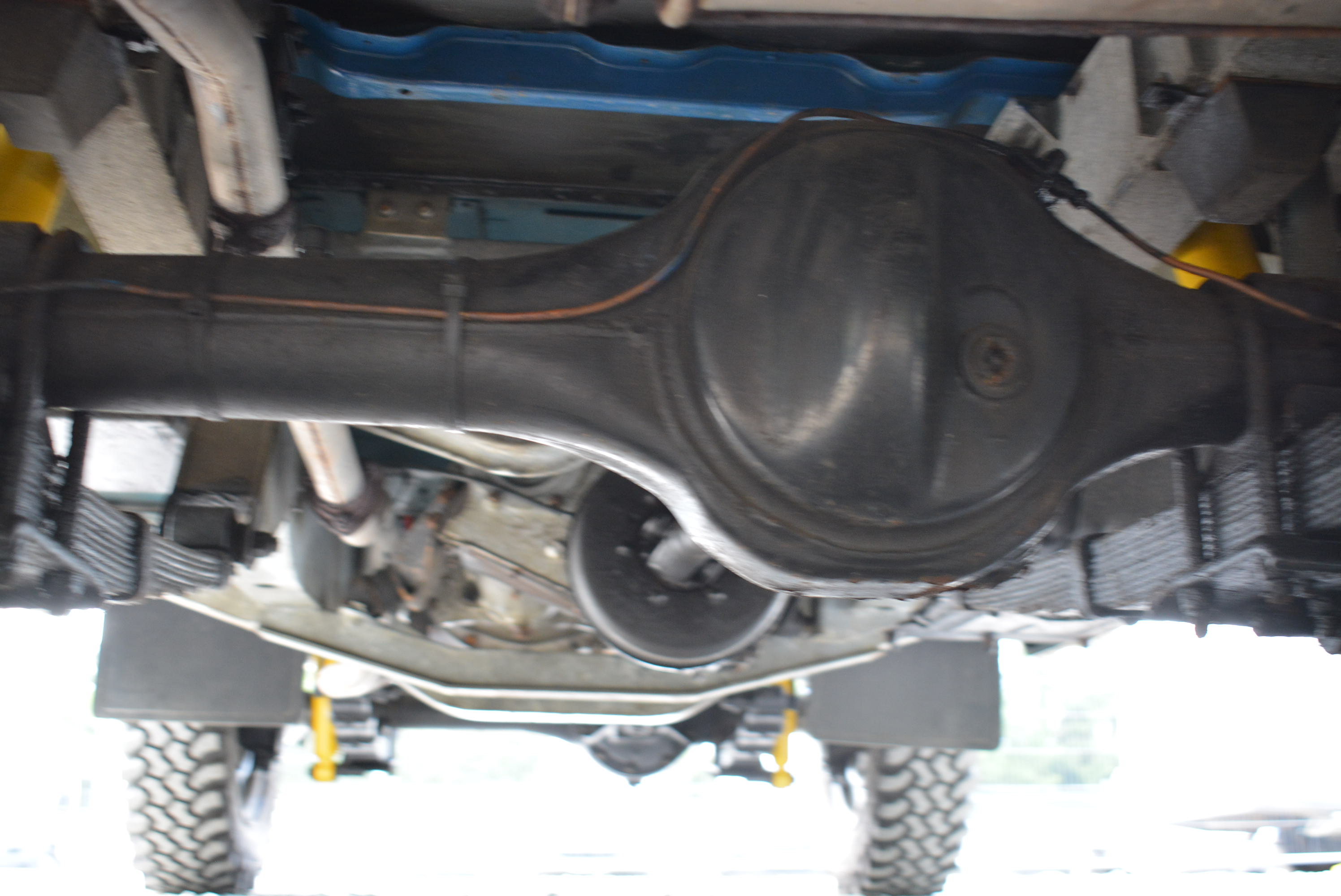 |  | 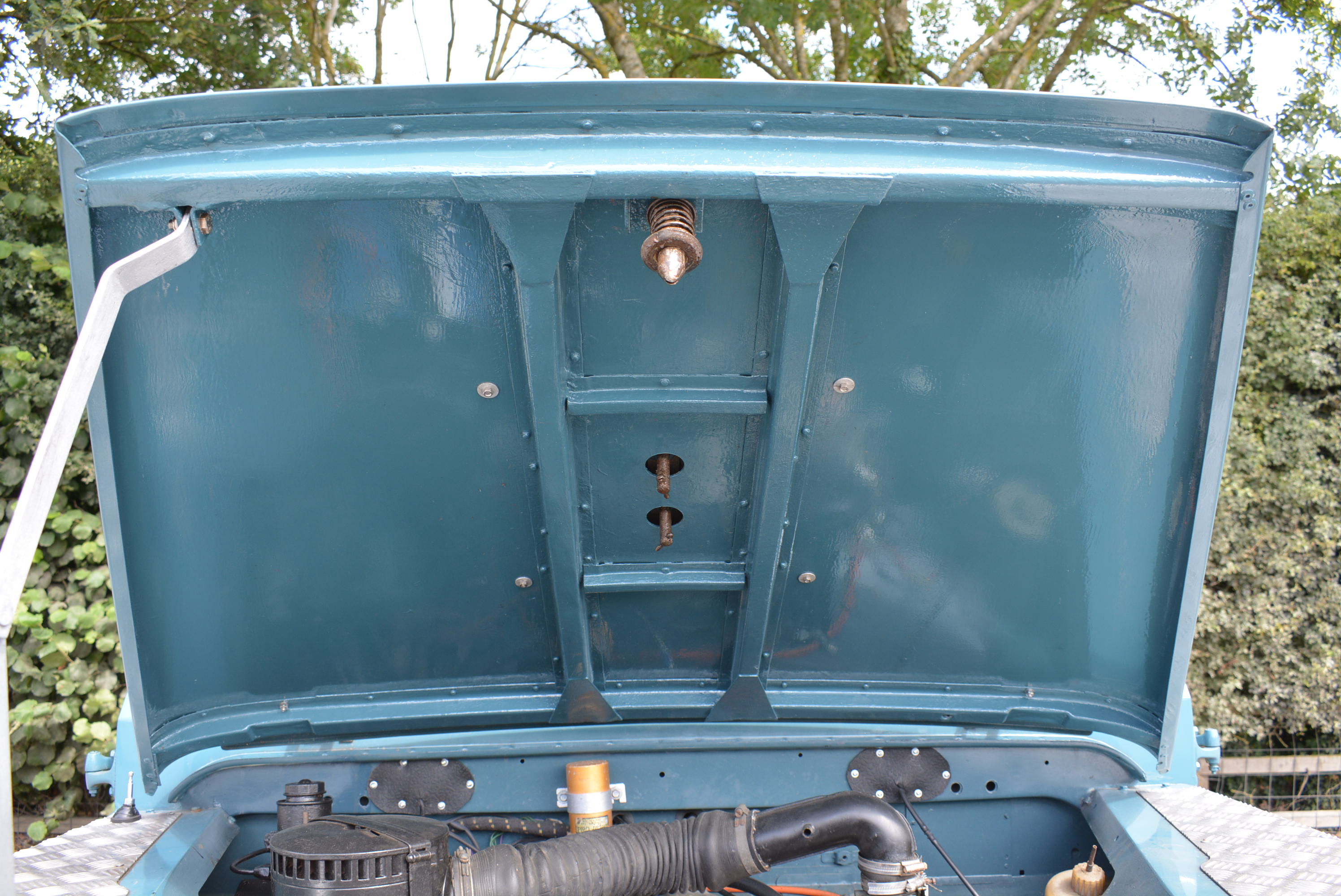 | |||||
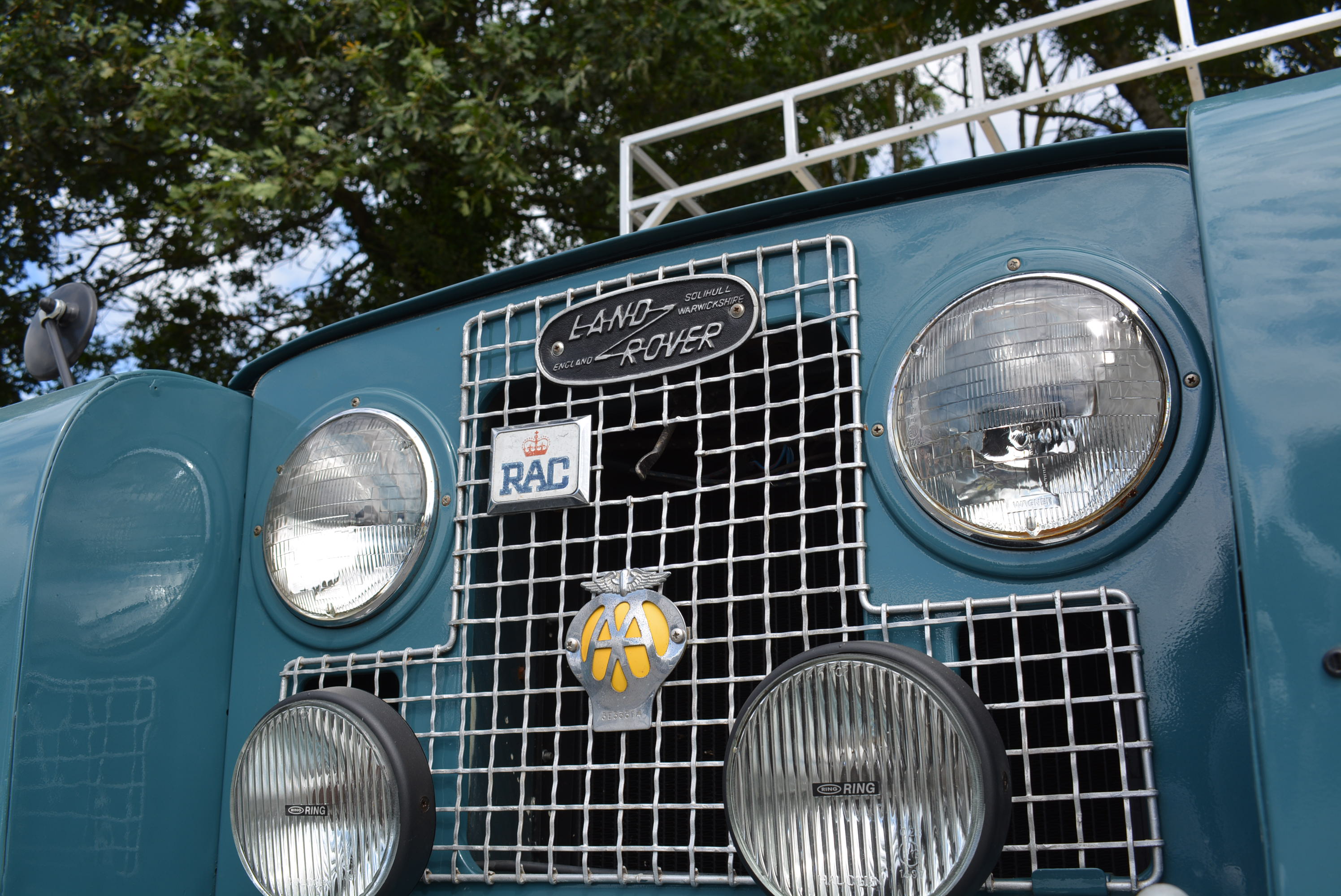 | 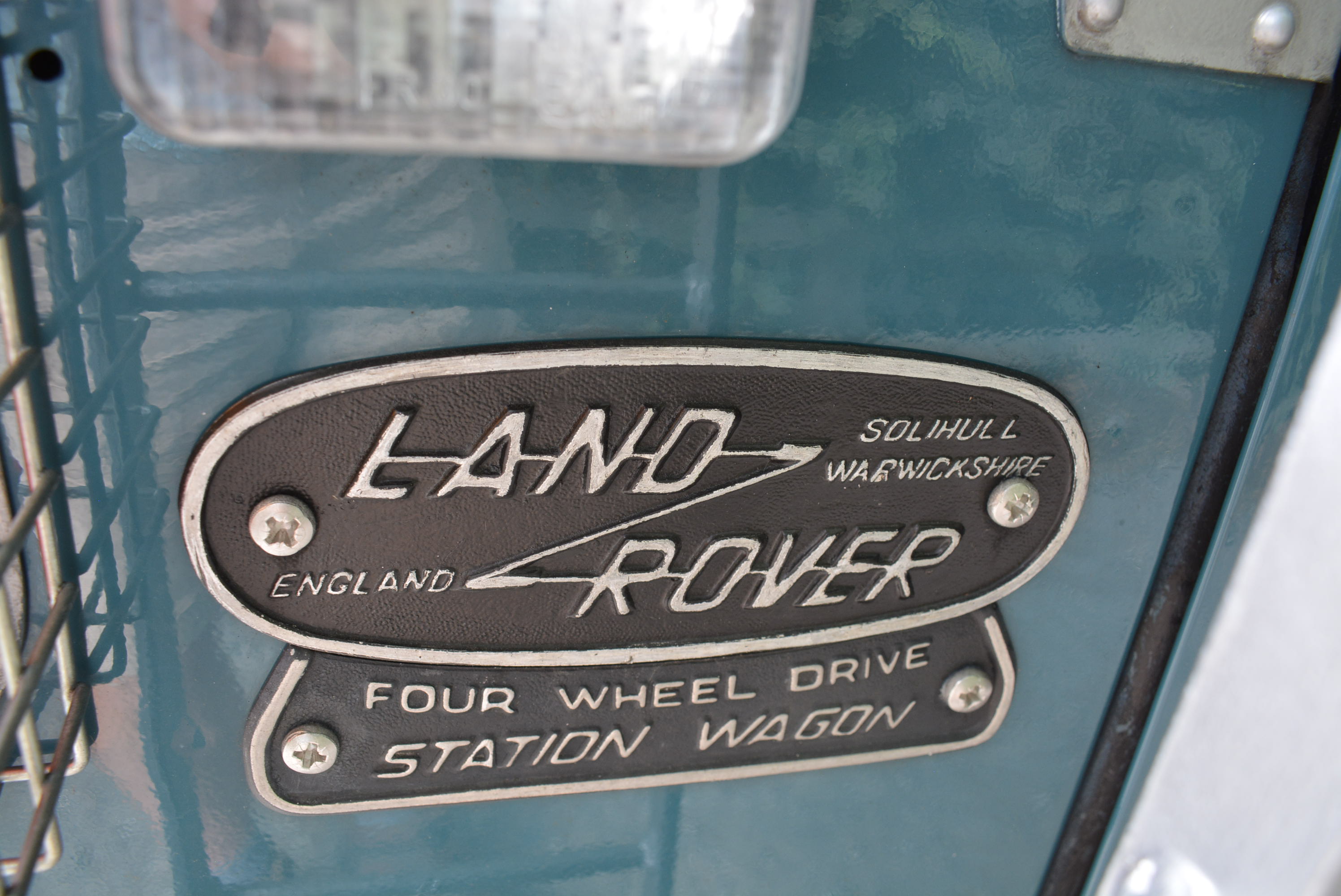 | 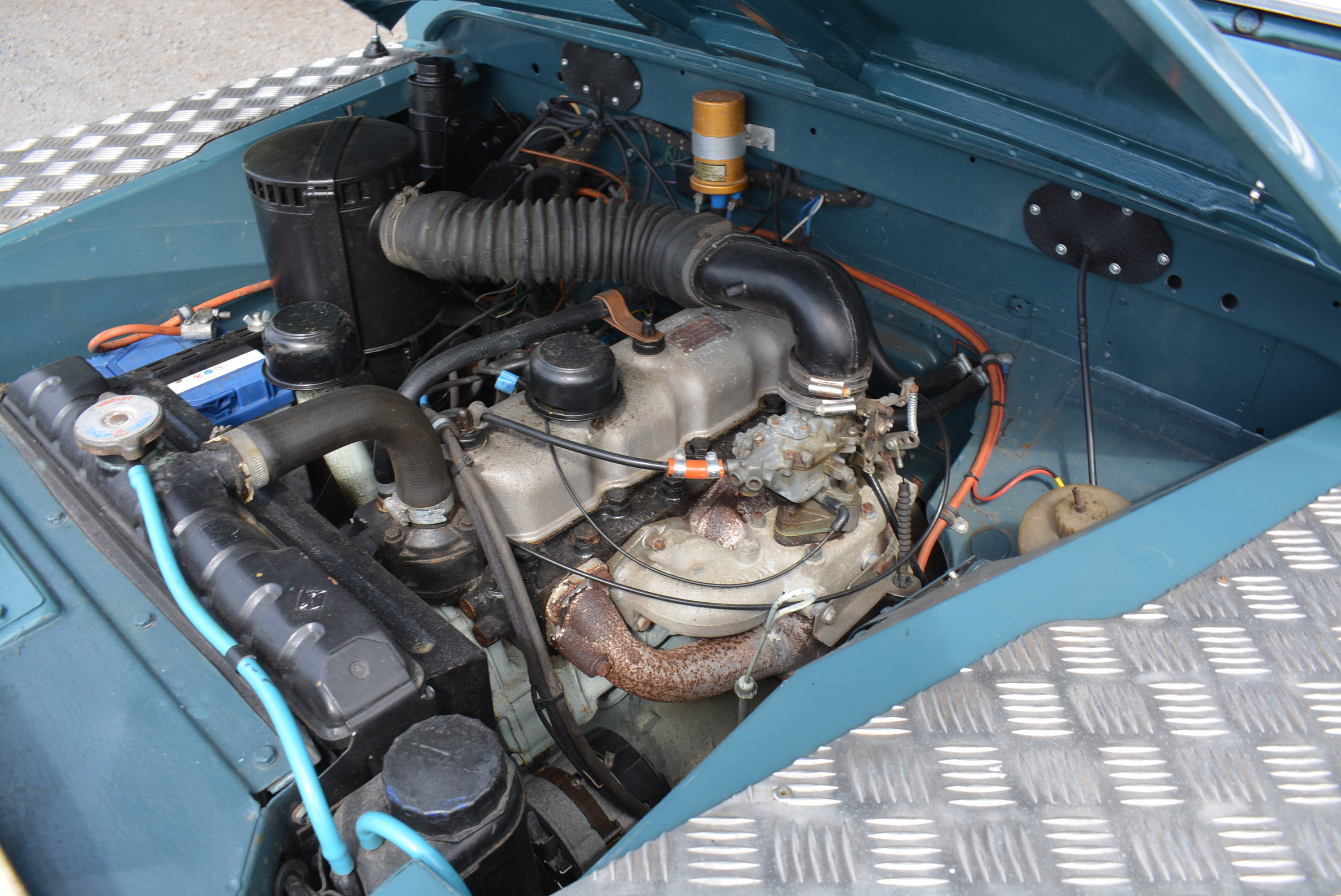 |
| Lot number | 53 |
|---|---|
| Hammer value | £12,320 |
| Description | Land Rover Series IIa Carawagon Conversion |
| Registration | YDW 816 |
| Year | 1962 |
| Colour | Blue |
| Engine size | 2,286 cc |
| Chassis No. | 27100622A |
| Documents | V5C; Heritage Certificate; spec sheet; restoration photos |
One of the longest-running success stories in motoring history, the iconic Land Rover was designed by Maurice Wilks and launched to the world at the Amsterdam Motor Show in 1948.
The Land Rover range was given its first comprehensive update in 1958, the Series II selling in both SWB (88-inch) and LWB (109-inch) forms. It was given a rounded waistline, cleverly styled by Rover’s David Bache to mask the wider-track axles and was now fitted with the well-tried 72bhp 2.25-litre petrol engine - although early SWB models retained the 2-litre petrol engine from the Series I for the first 1,500 or so vehicles. Other numerous changes included vastly superior steering, which was very welcome at the time.
In 1961 the Series IIA was introduced with many minor but significant improvements which made it perhaps the most hardy and reliable of all the Series Land Rovers. It was also the best-selling Land Rover of all time, over 50,000 being produced each year until it was replaced by the Series III in 1971.
Hugely popular with farmers for whom it was essentially conceived, it soon became the weapon of choice for International expeditions and intrepid travellers.
Several companies formed to convert the base unit into something a bit more comfortable and with sleeping accommodation to keep the mosquitos at bay. Dormobile offered their pop-top on the long wheelbase versions and Searle introduced the Carawagon on both long and short chassis.
Their solution was a pick-n-mix of items from a pricelist, with luxuries such as folding beds, the removal of the bulkhead behind the front seats, a fold down gas cooker mounted on the rear door and a coolbox. For those heading for hot climes, a safari roof was offered, lined inside to stop drumming, a generous sunshade and of course a metal roof rack, all items fitted to this vehicle.
This fully restored IIA was built on 11th September 1961, was originally Bronze green and was sold through Elliot and Sons in Bideford. It shortly after moved to the Newport area, where it was kept by the same owner for the next 30 years.
On offer from a deceased estate, it was acquired as a restoration project in 2013. Originally built as a diesel, we assume its engine transplant to a 2 ¼ petrol took place at this time – a worthwhile swap as the diesel version offered little if any performance whatsoever.
Photos on file outline a total chassis-up restoration, which has been completed to a very high standard. A new galvanised chassis formed the basis and every part was attended to. Bills on file show that the axles were overhauled with new swivels and bushes. The full braking system was replaced, including copper brake pipes. The bulkhead is a modified 90 until, fully refurbished and the rolling chassis was built up with new springs, shocks, shackles and bolts.
The engine was reconditioned, along with the gearbox, a new clutch fitted, new loom, door tops, bumper etc etc….the list goes on and on.
A proper Safari top was sourced and the whole vehicle carefully assembled into what you see today – a pristine example with some lovely rare options that has hardly been used. A great deal of care has clearly gone into the detail.
On offer for a mere fraction of what it would cost to replicate, it is ready for its next adventure.